F1 manufacturers in crisis? Worrying F1 2026 engine rumours surface – report
12 Apr 2025 6:00 AM
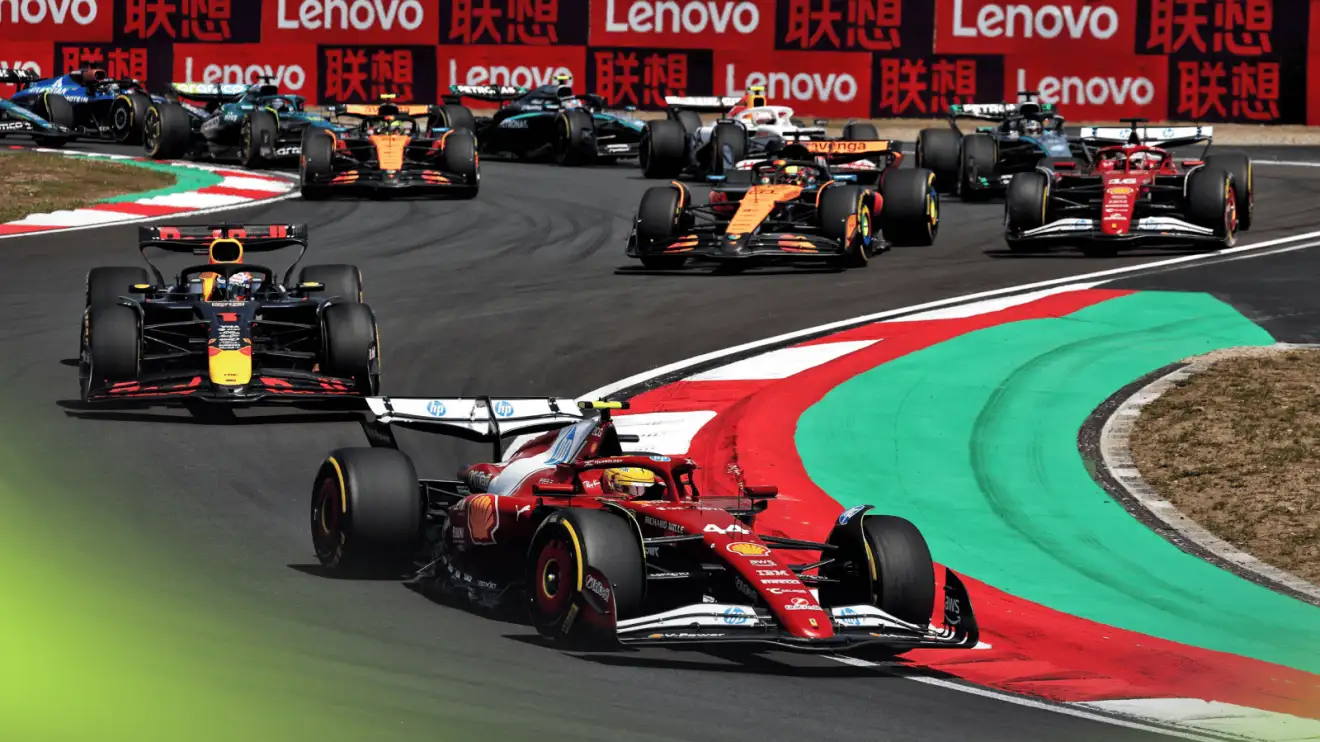
Lewis Hamilton (Ferrari SF-25) leads the pack out of Turn 3 at the start of the Chinese Grand Prix sprint race
All but one Formula 1 engine manufacturer is encountering serious trouble with the development of their new power unit for the F1 2026 season, it has been claimed.
It comes after the FIA insisted on Friday that all parties are ‘committed’ to the new rules following a crunch meeting at the Bahrain Grand Prix.
F1 2026 engines proving a challenge for Formula 1 manufacturers
F1’s rules will be revolutionised next season when new chassis and engine rules will be introduced as the sport embraces 50 per cent electrification, fully sustainable fuels and active aerodynamics.
The new regulations have proven divisive with manufacturers struggling to master the demands of the new technology for the power unit and the chassis regulations thought to have been designed to compensate for the shortcomings of the engine rules.
The fears surrounding the new regulations have led to calls for F1 to reintroduce the highly popular V10 engines, last used on a permanent basis in 2005, on sustainable fuel.
Join the debate: Should F1 bring back V10 engines?
👉 Should F1 seriously evaluate a return to the V10 engine? PlanetF1.com’s verdict
👉 F1 2026: Confirmed teams and power unit suppliers for F1’s huge regulation changes
PlanetF1.com revealed in February that the FIA, F1’s governing body, had set up a working group to evaluate the feasibility of a return to V10 engines in the future.
It was suggested last month that the timespan of the new regulations could be reduced from five full seasons to three or four in order to bring forward the proposed reintroduction of V10s.
Following a meeting of F1’s stakeholders in Bahrain on Friday, the FIA reiterated its faith in the F1 2026 rules but left the door open for further discussion over ‘the future technical direction of the sport.’
Five different engine manufacturers will have a presence on the F1 2026 grid with long-serving suppliers Mercedes and Ferrari joined by Audi F1 as the German manufacturer enters the highest level of motor racing.
Japanese giants Honda will make a full return to F1 with the Aston Martin team, meanwhile, with current Honda partners Red Bull producing their own engine for the first time via their newly established Powertrains division in collaboration with US marque Ford.
And a respected F1 reporter has claimed that just one unnamed manufacturer has cracked the challenges of F1 2026 so far, with all of their rivals thought to be struggling to varying degrees.
Writing in a column for Motor Sport, Mark Hughes has claimed that only one engine supplier is ‘in good shape’ as it stands.
It is said that another manufacturer is struggling with an ‘uncompetitive’ engine having settled on a different form of biofuel compared to their rivals, who have opted for synthetic fuel for F1 2026.
Two other manufacturers are thought to be ‘a long way behind’ the clear pacesetters, with little known about the progress of the final engine maker.
As reported by PlanetF1.com earlier this week, it has been speculated that last-minute changes could be made to the power ratio of the F1 2026 engines, which are currently thought to operate at a 55:45 split between the internal combustion engine and the electrical ancillaries.
It is possible that the split could be tweaked – potentially to 70:30 or 80:20 – to increase the influence of the internal combustion engine and help minimise performance differences between each engine.
Christian Horner, the Red Bull team principal, hinted plans to homologate the F1 2026 engines could be dropped in order to encourage closer competition and avoid a situation like 2014, when one manufacturer (Mercedes) as the dominant force.
He said: “I think inevitably when you get a big regulation change, there is performance divergence and that is almost certain to happen next year.
“One of the topics on the agenda to talk about this morning was how quickly there can be convergence.
“We have a budget cap. Perhaps the engines don’t need homologating. Perhaps you’re able to upgrade your engines under that budget cap, that everybody has the same to encourage convergence as quickly as possible.
“Because I think we all want to have close-quarter racing, not a repeat of what we had in 2014.”
In an exclusive interview with PlanetF1.com at the end of last season, Horner described Red Bull’s engine program as “by far the biggest challenge we’ve taken on in Formula 1” since the team arrived on the grid in 2005.
On Friday in Bahrain, however, he insisted that Red Bull’s F1 2026 power unit is on the right track, adding: “We’re making very good headway and pleased with progress.”
Rumours have persisted for some time that Mercedes’ preparations for the F1 2026 are more advanced than their competitors.
The Silver Arrows previously emerged as F1’s dominant force following the introduction of V6-hybrid engines in 2014, with the team proceeding to win a record eight consecutive Constructors’ Championships and seven Drivers’ titles split between Lewis Hamilton (six) and Nico Rosberg (one).
The Brackley-based Mercedes factory team, as well as reigning Constructors’ Champions McLaren and the Alpine and Williams outfits, will all be powered by Mercedes in F1 2026.
Carlos Sainz has frequently hinted that Williams’ access to Mercedes engines for F1 2026 influenced his decision to join the team following his departure from Ferrari last year.
Speaking to media including PlanetF1.com at January’s Daytona 24-hour race, meanwhile, Honda Racing Corporation president Koji Watanabe admitted that the Japanese manufacturer is “really struggling” to master the F1 2026 rules.
He said: “We are struggling. Now we are trying our best to show the result next year.
“Everything is new. The motor is a new 355-kW, very compact one we need. Also the lightweight battery, it’s not so easy to develop. And also the small engine with the big power.
“Everything is very difficult, but we try our best.”
It is believed that Mr Watanabe, who was speaking in a second language, was making a general comment on the challenges of the new rules for F1’s engine manufacturers rather than referring specifically to Honda’s progress ahead of F1’s new era.
Read next: Aston Martin part ways with former technical director in low-key split




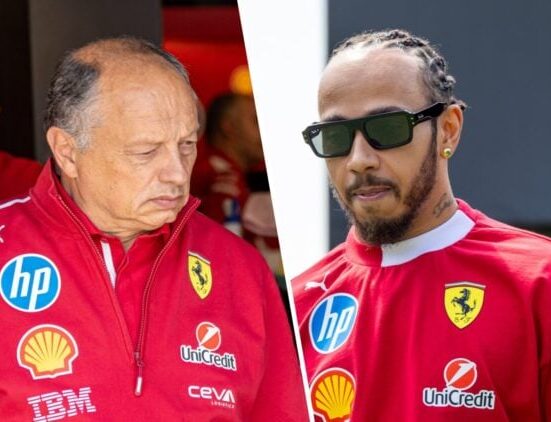
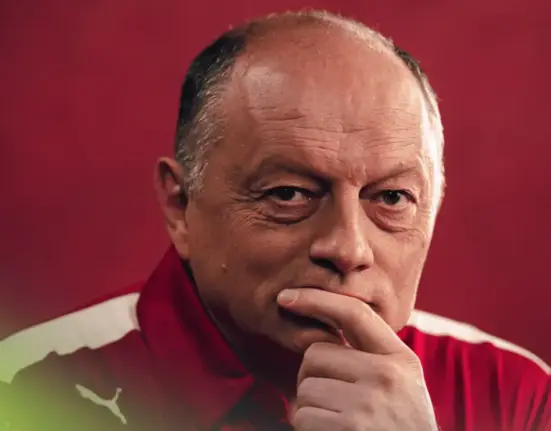

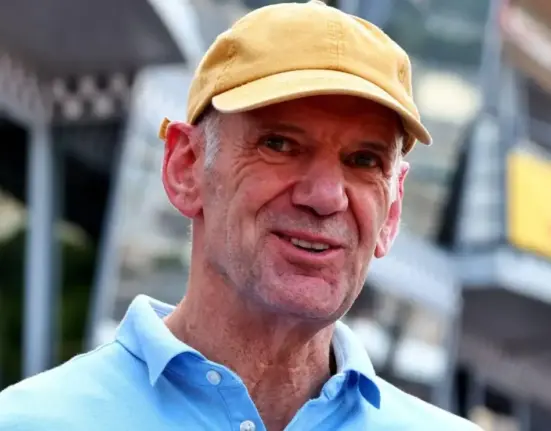
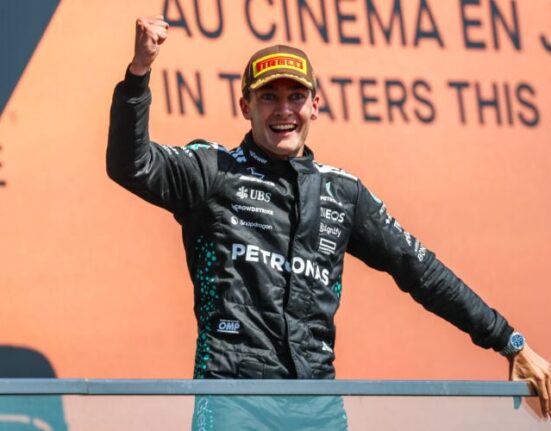

Leave feedback about this